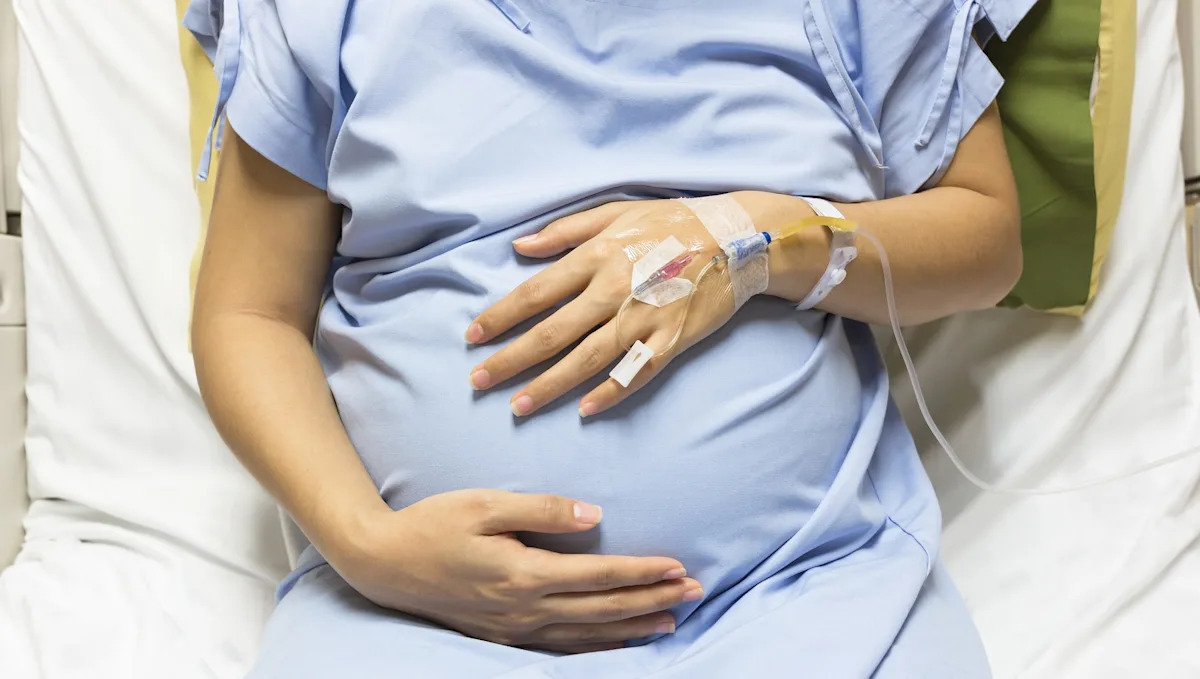Tiny pieces of plastic are turning up in surprising places, not just in oceans or soil, but inside the human body.
Microplastics, which are plastic particles smaller than five millimeters, have now been found in organs like the lungs, blood, and even the uterus.
As plastic waste continues to build up in the environment, researchers are beginning to uncover how it could be quietly impacting our health. A new study using a mouse model has brought this issue close to home, showing that microplastics may interfere with reproduction and even affect future generations.
What’s happening?
In a recent study published by the Journal of Hazardous Materials, scientists exposed female mice to polystyrene microplastics, a common type found in food packaging, for two weeks.
The result was alarming.
The plastic particles were found deposited in the uterus. These mice then showed signs of impaired uterine receptivity, meaning their bodies were less prepared to support a healthy pregnancy. Fewer embryos were able to implant, and inflammation was detected in the uterine lining.
But the effects didn’t stop there. Researchers also found that the baby mice, the next generation, had changes in their metabolism.
“Shared maternal-offspring metabolites indicate possible intergenerational associations,” the author wrote, pointing to a chain of effects that could stretch beyond the original exposure.
Why is this important?
This matters because it suggests that microplastics are not just an environmental issue; they are a personal health risk. If plastic pollution is interfering with fertility and child development, then it’s not just fish or birds being harmed. It’s people. It’s families.
And with microplastics already found in drinking water, food, and the air, nearly everyone could be at risk of exposure. The idea that something as ordinary as plastic could silently affect our ability to conceive, carry, or raise healthy children is deeply concerning.
What can I do to help?
While big changes are needed from industries and governments, individuals can still take meaningful action. Choosing reusable containers instead of single-use plastics, cutting back on packaged goods, and supporting policies that reduce plastic waste are all steps in the right direction.
Every small change helps reduce the amount of plastic entering our environment, and possibly, our bodies.
The path to a cleaner, healthier future starts with awareness and action.
Join our free newsletter for weekly updates on the latest innovations improving our lives and shaping our future, and don’t miss this cool list of easy ways to help yourself while helping the planet.
